Lung-function trajectories: relevance and implementation in clinical practice
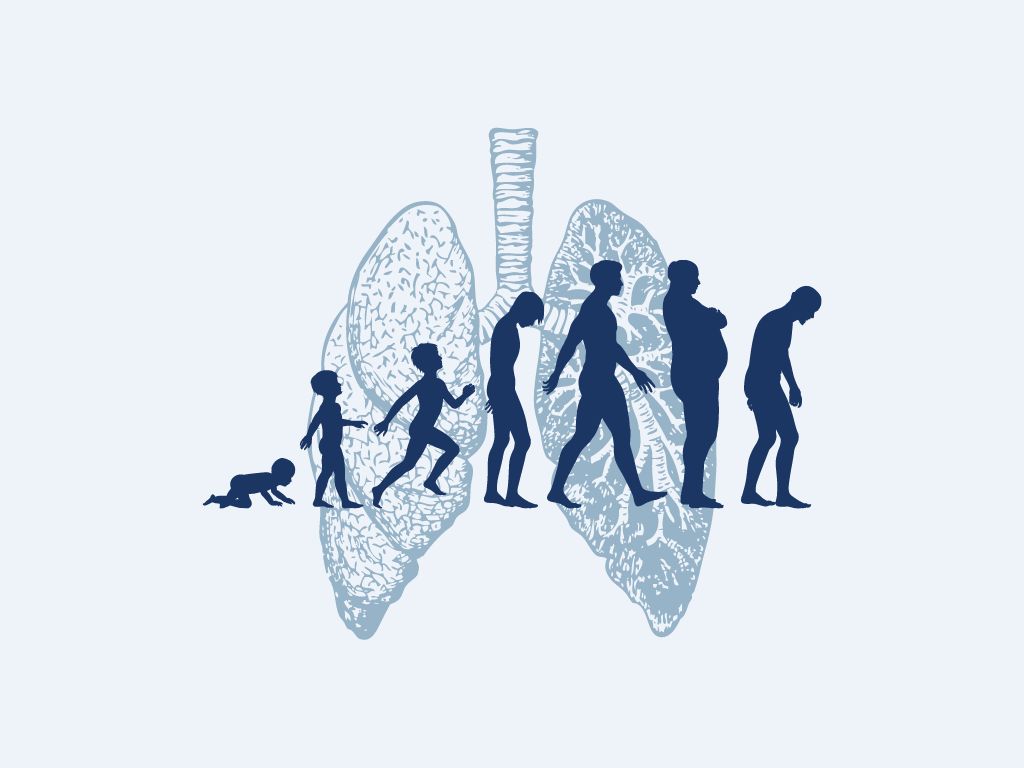
Lung development starts in utero and continues during childhood through to adolescence, reaching its peak in early adulthood. This growth is followed by gradual decline due to physiological lung ageing.
Lung-function development can be altered by several host and environmental factors during the life course. As a result, a range of lung-function trajectories exist in the population.
Below average trajectories are associated with respiratory, cardiovascular, metabolic, and mental health comorbidities, as well as with premature death.
This Review presents progressive research into lung-function trajectories and assists the implementation of this knowledge in clinical practice as an innovative approach to detect poor lung health early, monitor respiratory disease progression, and promote lung health.
Specifically, we propose that, similar to paediatric height and weight charts used globally to monitor children’s growth, lung-function charts could be used for both children and adults to monitor lung health status across the life course.
To achieve this proposal, we introduce our free online Lung Function Tracker tool. Finally, we discuss challenges and opportunities for effective implementation of the trajectory concept at population level and outline an agenda for crucial research needed to support such implementation.
Puedes leer el artículo completo aquí: https://www.sciencedirect.com/science/article/pii/S0140673624000163
Autores: Prof Erik Melén, Prof Rosa Faner, James P Allinson, Dinh Bui, Prof Andrew Bush, Prof Adnan Custovic, Prof Judith Garcia-Aymerich, Prof Stefano Guerra, Robab Breyer-Kohansal, Jenny Hallberg, Prof Lies Lahousse, Prof Fernando D Martinez, Simon Kebede Merid, Pippa Powell, Prof Hilary Pinnock, Sanja Stanojevic, Lowie E G W Vanfleteren, Gang Wang, Prof Shyamali C Dharmage, Prof Jadwiga Wedzicha, Nazanin Zounemat Kermani.
Noticias relacionadas
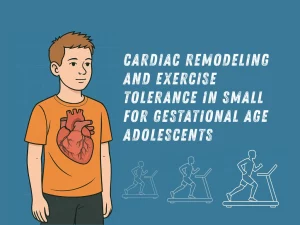
Cardiac remodeling and exercise tolerance in small for gestational age: a follow-up cohort study from preadolescence into adolescence
This follow-up cohort study explores cardiac remodeling and reduced exercise tolerance in adolescents born small for gestational age, highlighting long-term cardiovascular implications.
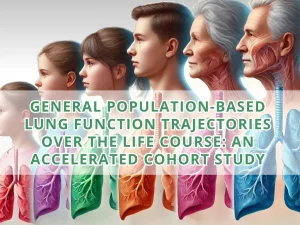
General population-based lung function trajectories over the life course: an accelerated cohort study
Empirical life course lung function trajectories from ages 4–80 using data from eight cohort studies in Europe and Australia.

Residential greenspace and lung function throughout childhood and adolescence in five European birth cohorts. A CADSET initiative
Study of five European cohorts found no association between residential greenness or urban green space and lung function throughout childhood and adolescence.
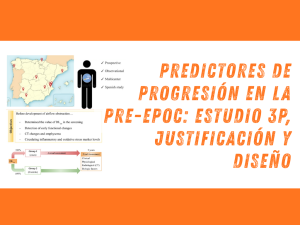
Predictores de progresión en la pre-EPOC: estudio 3P, justificación y diseño
Conoce el estudio 3P que analiza los factores que predicen la progresión de la pre-EPOC a EPOC en fumadores con espirometría normal.

Cardiac remodeling and exercise tolerance in small for gestational age: a follow-up cohort study from preadolescence into adolescence
This follow-up cohort study explores cardiac remodeling and reduced exercise tolerance in adolescents born small for gestational age, highlighting long-term cardiovascular implications.
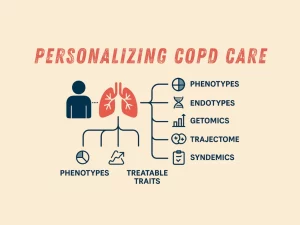
Personalizing COPD care: phenotypes, endotypes, GETomics, the the trajectome, syndemics and treatable traits
Discover how personalized COPD care integrates phenotypes, endotypes, GETomics, trajectome, syndemics, and treatable traits to improve patient outcomes.
Artículos
Función pulmonar
- 759689·Kilian Vellvé et Alt.- Pulmonary vascular reactivity in growth restricted fetuses using computational modelling and machine learning analysis of fetal Doppler waveforms.
- 759771·Sandra Casas-Recasens; Raisa Cassim, Nuria Mendoza; Alvar Agusti; Caroline Lodge; Shuai Li; Dinh Bui; David Martino; Shyamali C. Dharmage, and Rosa Faner.-Epigenome-Wide Association Studies of COPD and Lung Function: A Systematic Review
- 769289·Caspar Schiffers, Rosa Faner, et al. Supranormal lung function: Prevalence, associated factors and clinical manifestations across the lifespan.
- 769491·Tamara Cruz, Núria Mendoza, Gema M Lledó, Lídia Perea, Núria Albacar, Alvar Agustí, Jacobo Sellares, Oriol Sibila, Rosa Faner. Persistence of a SARS-CoV-2 T-cell response in patients with long COVID and lung sequelae after COVID-19
- 769685·Nuria Olvera et Al.- Lung Tissue Multi-Layer Network Analysis Uncovers the Molecular Heterogeneity of COPD
Imagen creada con imágenes libres de Canva Pro.
